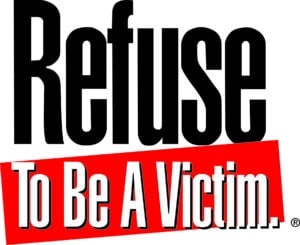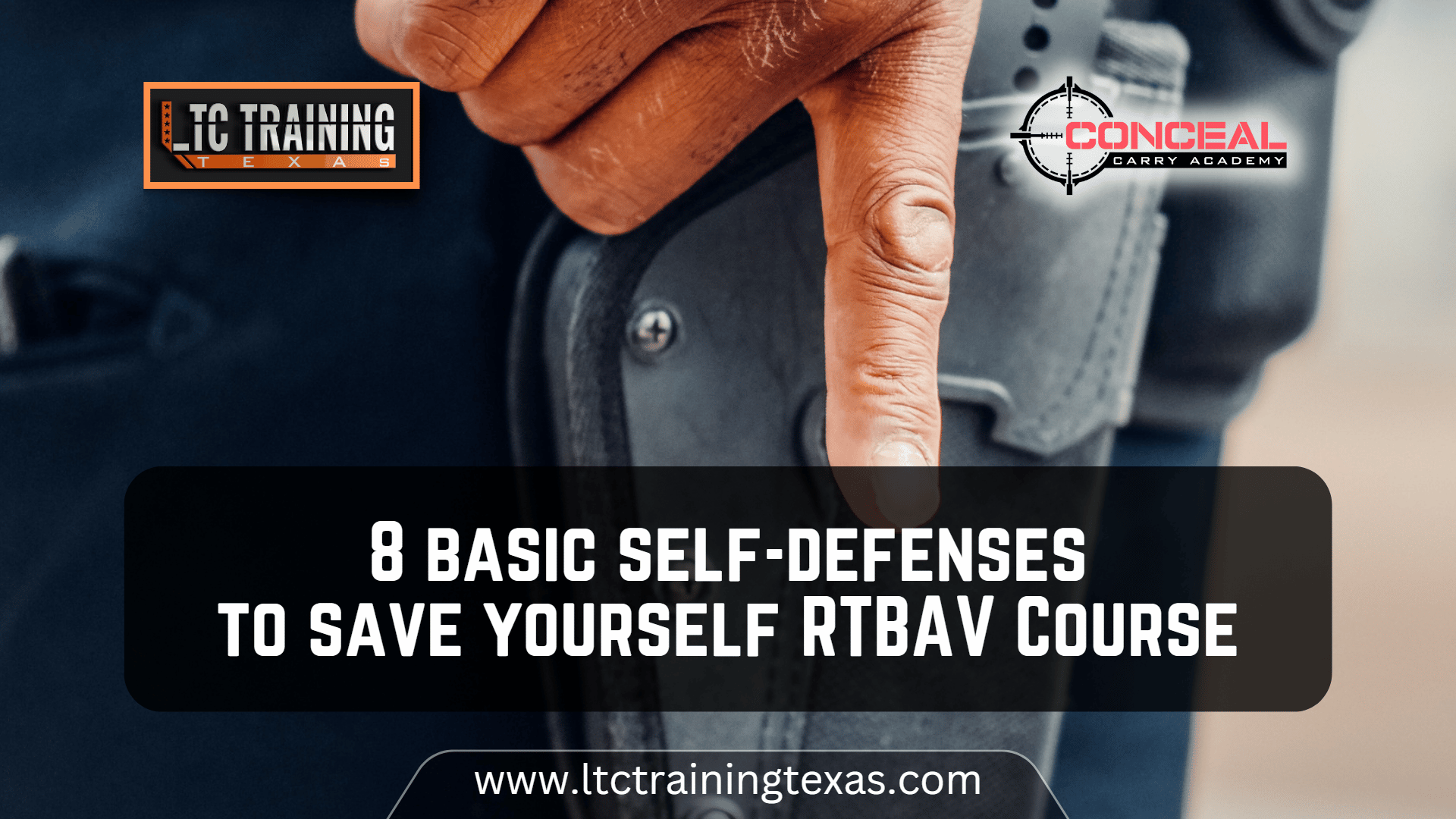Our RTBAV Course is a great course to prepare yourself and not be a statistic.
Self-defense is an important aspect of personal safety, as it equips individuals with the necessary skills and knowledge to protect themselves in dangerous situations. In this article, we will cover eight basic self-defense techniques that can help you save yourself in an emergency.
These techniques are part of the RTBAV (Ready-To-Beat-And-Vanish or technically known as Refuse to be a Victim) Course and have been designed to be easy to learn and remember, making them accessible to individuals of all ages and physical abilities.
8 basic self-defense to save yourself: RTBAV Course

Awareness:
The first and most important step in self-defense is to be aware of your surroundings. This means being alert to potential dangers and taking steps to minimize your risk of becoming a victim. It also means being aware of your body language and the way you present yourself, as this can make you appear more confident and less vulnerable to attack. An attacker is likely to assess your vulnerability depending on how you present yourself.
Verbal defense:
Verbal defense is a powerful tool that can be used to deter an attacker or defuse a potentially dangerous situation. This can involve using assertive language to communicate your boundaries, shouting for help, or using humor to diffuse a tense situation. The key is to remain calm and in control of your emotions, as this can help you stay in control of the situation; succumbing to your emotions could escalate the situation.
Physical defense:
Physical defense involves using your body to protect yourself in a dangerous situation. This can include techniques such as blocking and striking, as well as grappling and submission techniques. The key is to find a technique that works best for you and to practice it regularly so that it becomes second nature in an emergency.
Escape techniques:
Escape techniques are designed to help you get away from an attacker as quickly as possible. This can involve techniques such as running, jumping, or crawling to safety. It is important to practice these techniques so that you can use them effectively in a real-life situation. They may involve a combination of different techniques.
Use of everyday items:
In an emergency, it is important to make use of whatever is available to you. This can include using everyday items such as keys, pens, or even your own clothing, as weapons. The key is to be creative and resourceful, using anything you have at your disposal to defend yourself.
Body positioning:
Body positioning can be used to gain an advantage in a dangerous situation. This can involve positioning yourself in a way that makes it difficult for an attacker to get a hold of you or using your body weight and momentum to push an attacker away. Try whatever works best for you.
Mindset:
A positive and confident mindset can be one of your greatest weapons in a dangerous situation. This means having the courage to stand up for yourself, the determination to fight back, and the belief in your ability to defend yourself. Having a strong mental attitude can give you the strength and resolve you need to protect yourself in an emergency. A weak mindset could be your greatest weakness in emergency situations.
Practice, Practice, Practice:
The final and most important step in self-defense is to practice regularly. This means taking regular classes, practicing with a partner, or even training on your own. The more you practice, the more confident and skilled you will become, and the better equipped you will be to defend yourself in a dangerous situation. Practice makes perfect.
In conclusion, self-defense is a critical aspect of personal safety and well-being. The RTBAV Course provides a comprehensive approach to self-defense, covering eight basic techniques that are easy to learn and remember. By being aware of your surroundings, using verbal defense, physical defense, escape techniques, everyday items, body positioning, a positive mindset, and regular practice, you can increase your chances of staying safe in an emergency. Remember that self-defense is a lifelong journey, and it is never too late to start.
When you’re ready to get your Texas License to Carry (LTC) or your Oklahoma SDA, make sure you choose a premier training provider. Conceal Carry Academy is committed to offering the best firearms training possible. When they need information on firearms safety or they want to take a Texas LTC class or Oklahoma SDA, gun owners trust the expertise of the pros from Conceal Carry Academy. If you have questions about any aspect of gun ownership in Texas, contact us today!

